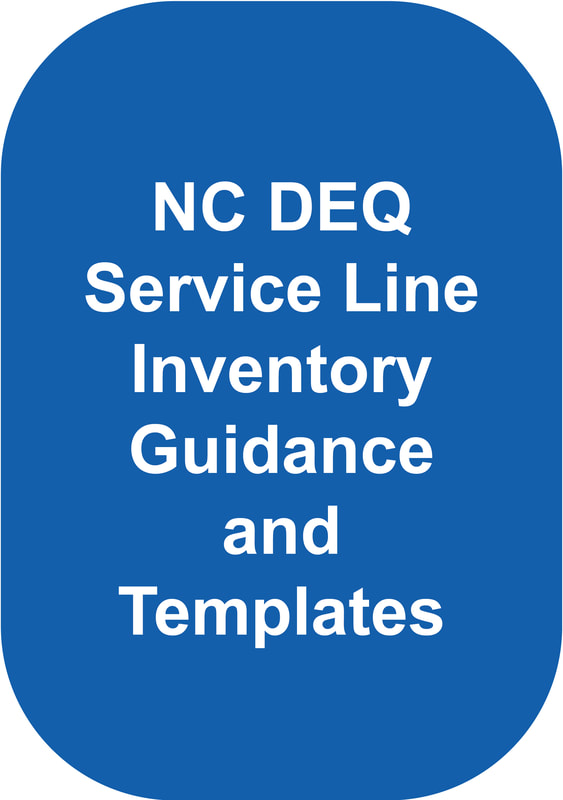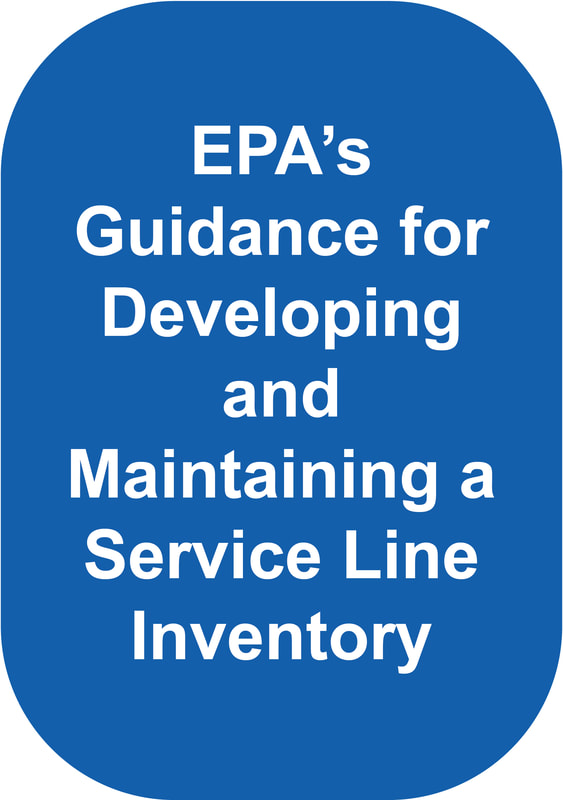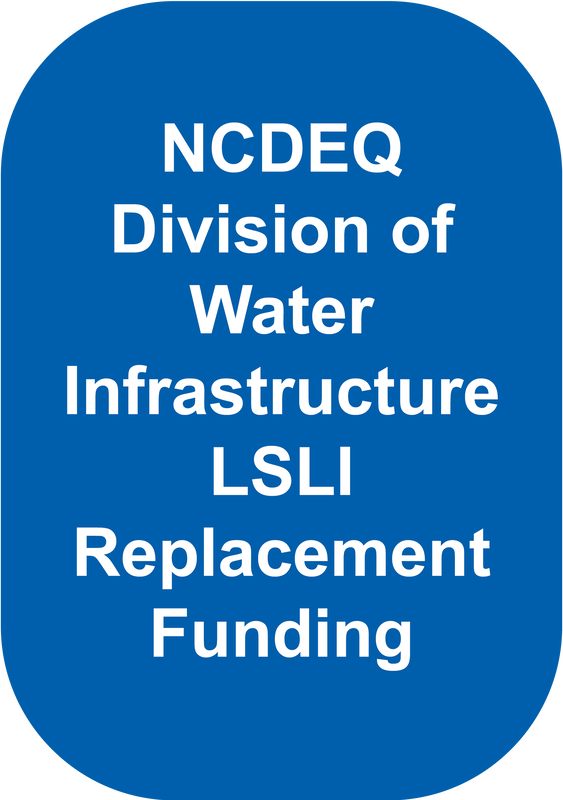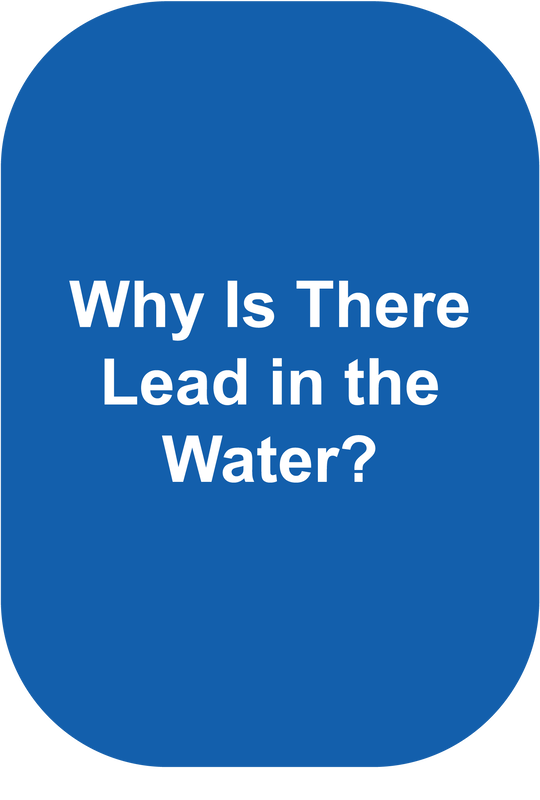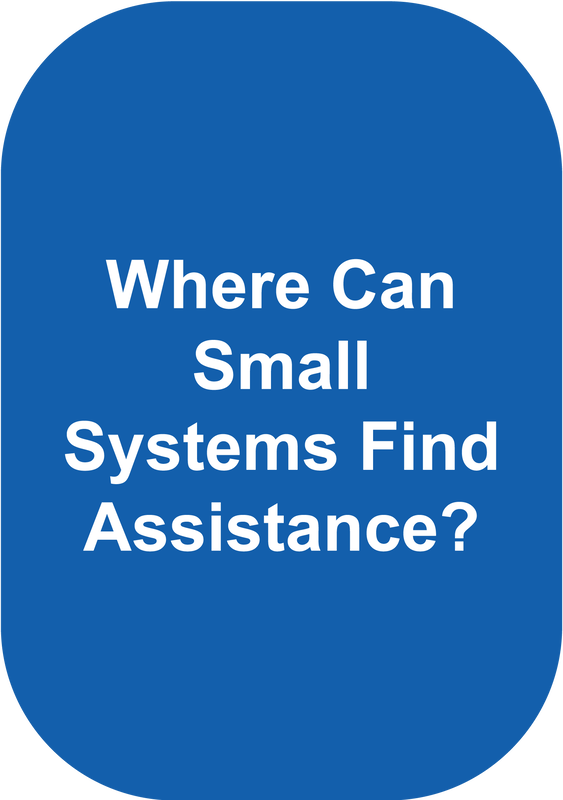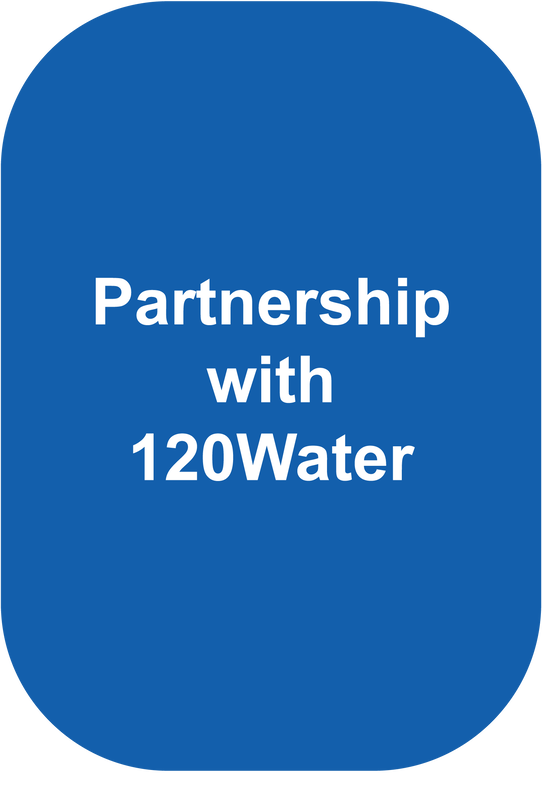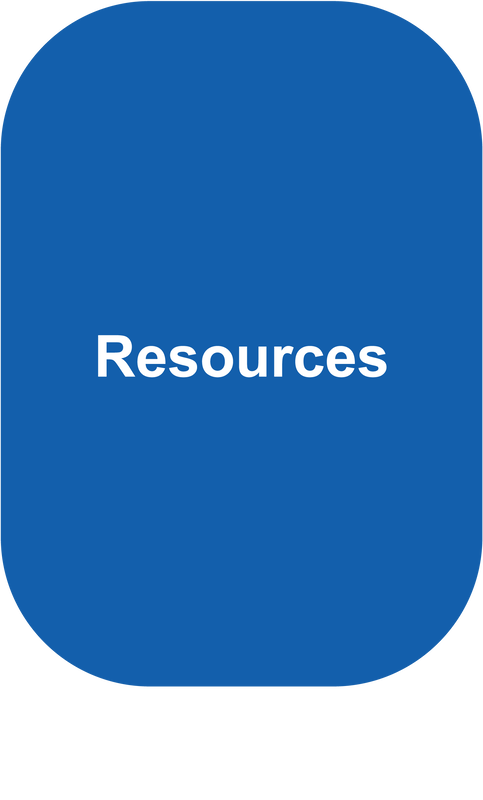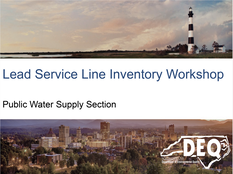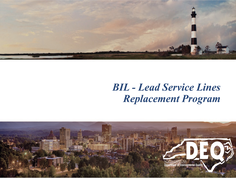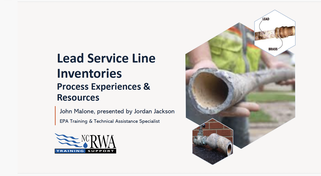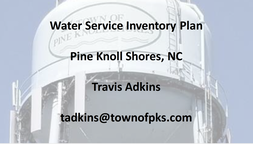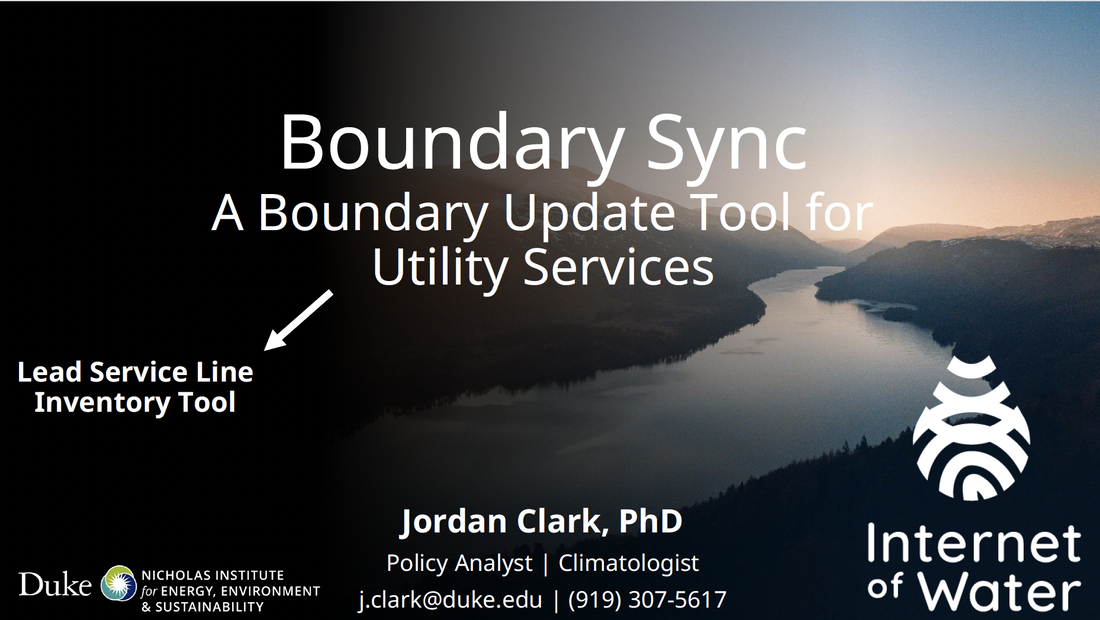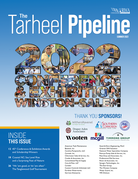On November 30, 2023, the U.S. Environmental Protection Agency (EPA) announced the proposed Lead and Copper Rule Improvements (LCRI). Some key items include:
- The rule will focus on 100% lead pipe replacement in 10 years for the vast majority of public water systems. Only full service line replacements will be allowed, and systems will have to make multiple attempts to gain access to private property to replace lies.
- Lead material inventories will be required to be updated annually, with a ongoing service line replacement plan.
- Tap sampling will be the higher of the 1st liter and the 5th liter samples.
- The Lead Action Level will be lowered from 15 ppb to 10 ppb, requiring systems to inform the public if exceeded, take action to lower exposure while continuing to replace lead pipes. The existing trigger level will be eliminated.
- The rule will seek to strengthen protections to lower near-term exposure – systems with frequent hits will be required to perform additional outreach and make filters available to customers.
This information and more is available on EPA’s LCRI website here. The rule is expected to be published next in the Federal Register, upon which the public will have the opportunity to provide comments within 60 days. EPA anticipates finalizing the LCRI prior to October 16, 2024.
If you were unable to attend our Lead Service Line Inventory Workshops, we invite you to explore the information provided in the slides below.
|
NCDEQ LSLI Presentation Slides
|
NCDWI LSL Funding Presentation Slides
|
NCRWA LSLI Resources Presentation Slides
|
|
PKS Service Inventory Plan
|
Boundary Sync
A Boundary Update Tool for Utility Services |
Initial Lead Service Line Inventory is Due October 16, 2024
NCDEQ Division of Water Infrastructure offers funding for Lead Service Line Replacement Projects
Funding is available to identify, inventory, and replace lead service lines and lead connectors throughout water systems. Funding will be available for local governments, non-profit water companies, and investor-owned water utilities that request low-interest loans. Principal forgiveness will be offered for those that are eligible, subject to availability. For more information, please view the slides from the NCDWI LSL Funding presentation provided above or visit NCDEQ Lead Service Line Replacement Funding.
NC DEQ has released guidance on how NC Water Systems should proceed with their service line inventories.
NCDEQ LSLI Templates
Water Systems in North Carolina need to be sure they are using the correct LSLI NC Template for their system size. Do not use the EPA form. Each template category will only accommodate the number of entries (service lines) based on system size.
Systems serving greater than 500 but no more than 50,000 connections should redownload the State template if you began entering your inventory prior to February 8th of 2023; there is an issue with the original template not allowing one of the required columns to be edited after row 2,260. When copying your data to the new template, exclude Column X (Entire Service Line Classification) to avoid an error alert; this column will update automatically based on your entries in the other required fields. If you have any questions, contact [email protected] . Templates are available by clicking the link above.
Systems serving greater than 500 but no more than 50,000 connections should redownload the State template if you began entering your inventory prior to February 8th of 2023; there is an issue with the original template not allowing one of the required columns to be edited after row 2,260. When copying your data to the new template, exclude Column X (Entire Service Line Classification) to avoid an error alert; this column will update automatically based on your entries in the other required fields. If you have any questions, contact [email protected] . Templates are available by clicking the link above.
What Rural Water Systems Need to Know about Lead and Copper RulesLCRR compliance deadlines are scheduled for 2024, with less than two years to go, it is critical that systems are preparing now for compliance. A recent study by 120Water shows that the majority of water systems are not ready for the new rule.
It is important to understand what the new rule entails so they can begin taking action:
LSL inventory and replacement. Utilities will be required to conduct a "location-based" inventory of publicly- and privately-owned LSL materials, including all systems and connections. The inventory must be submitted to the EPA within three years. Water systems with more than 50,000 customers must make the inventory public — and this is a good practice for smaller systems as well (see Fig. 1). Results also must be resubmitted alongside annual or triennial monitoring results. Once the inventory is complete, systems must develop an LSL replacement plan if lead service lines are found or if galvanized pipes that previously were connected to a lead pipe are found.
Why is there lead in the water

Lead can enter drinking water when plumbing materials that contain lead corrode, especially where the water has high acidity or low mineral content that corrodes pipes and fixtures. The most common sources of lead in drinking water are lead pipes, faucets, and fixtures. In homes with lead pipes that connect the home to the water main, also known as lead services lines, these pipes are typically the most significant source of lead in the water. Lead pipes are more likely to be found in older cities and homes built before 1986. Among homes without lead service lines, the most common problem is with brass or chrome-plated brass faucets and plumbing with lead solder.
Where can small systems find assistance?
Safe Drinking Water Act Compliance Program, NRWA Training and Technical Assistance program provides accredited operator certification training, board member training, and on-site technical assistance that supports the specific needs of small water system personnel, tribal systems, and overburden systems. Training Specialists have experience working with small systems and possess expert knowledge regarding their compliance challenges.
Classroom sessions are designed to meet state-specific compliance challenges. They are geographically located in areas to reach the most significant number of small system operators. This is important because many small public water systems lack the financial resources to allow operators to travel to central or urban areas for training, and these operators have no backup to respond to emergencies while they are absent.
Classroom sessions are designed to meet state-specific compliance challenges. They are geographically located in areas to reach the most significant number of small system operators. This is important because many small public water systems lack the financial resources to allow operators to travel to central or urban areas for training, and these operators have no backup to respond to emergencies while they are absent.
UPDATE: On June 28, 2023, the EPA released two documents to support water systems, particularly small water systems, in complying with the Lead and Copper Rule Revisions (LCRR) lead service line initial inventory requirements. EPA’s Small Entity Compliance guide helps explain the inventory related actions small community and non-transient non-community water systems are required to take under the LCRR.
The fact sheet can help water systems quickly identify the key inventory requirements including inventory elements, planning, records review, investigations, public accessibility, and information for non-lead systems.
These materials are available here: https://www.epa.gov/ground-water-and-drinking-water/revised-lead-and-copper-rule
The fact sheet can help water systems quickly identify the key inventory requirements including inventory elements, planning, records review, investigations, public accessibility, and information for non-lead systems.
These materials are available here: https://www.epa.gov/ground-water-and-drinking-water/revised-lead-and-copper-rule
Partnership with 120Water
NRWA and 120Water entered a partnership in 2021 to expand the support and technical assistance available to State Rural Water Associations and to rural utilities.
This partnership provides tools and resources to State Rural Water Associations to manage water quality programs related to lead and other contaminants. Included are educational resources, ongoing training, and access to 120Water solutions - consisting of could-based software, point-of-use sampling kits and expert consulting services at a preferred price.
Please click on the link below to review slides presented by Isaac Pellerin, 120Water, at the 2022 NCRWA Leadership Summit: How to Create and Validate Service Line Inventory for Water Systems
This partnership provides tools and resources to State Rural Water Associations to manage water quality programs related to lead and other contaminants. Included are educational resources, ongoing training, and access to 120Water solutions - consisting of could-based software, point-of-use sampling kits and expert consulting services at a preferred price.
Please click on the link below to review slides presented by Isaac Pellerin, 120Water, at the 2022 NCRWA Leadership Summit: How to Create and Validate Service Line Inventory for Water Systems
Resources:
NCDEQ: Lead Service Line Inventory Overview: Printable PDF copy of presentation given at the North Carolina Rural Water Association (NCRWA) Conference on May 17, 2023.ncrwa_conference_presentation_05162023.pdf
NCDEQ: | Action Required: Lead Service Line Inventory: Communication Letter, December 2022
NCDEQ - DWI | LSLI Replacement Project Solicitation Form
EPA | Funding and Technical Resources for Lead Service Line Replacement in Small and Disadvantaged Communities
EPA | Lead and Copper Rule: A Quick Reference Guide
EPA | Lead and Copper Rule Long-Term Revisions
EPA | Drinking Water State Revolving Fund
EPA | Review of the National Primary Drinking Water Regulations Lead & Copper Rule Revisions
NRWA | Lead & Copper Rule Overview
NRWA/120 Water | LCRR Self-Evaluation
LCRR Compliance Timeline
EPA | Reference Guide for Public Water Systems Lead and Copper Rule Comparison
Boundary Sync Information
Lead Service Line Inventory Customer Survey Template
Using Diamond Maps for Your Lead Service Line Inventory
AWWA: Together, Let's Get the Lead Out
NCDEQ: | Action Required: Lead Service Line Inventory: Communication Letter, December 2022
NCDEQ - DWI | LSLI Replacement Project Solicitation Form
EPA | Funding and Technical Resources for Lead Service Line Replacement in Small and Disadvantaged Communities
EPA | Lead and Copper Rule: A Quick Reference Guide
EPA | Lead and Copper Rule Long-Term Revisions
EPA | Drinking Water State Revolving Fund
EPA | Review of the National Primary Drinking Water Regulations Lead & Copper Rule Revisions
NRWA | Lead & Copper Rule Overview
NRWA/120 Water | LCRR Self-Evaluation
LCRR Compliance Timeline
EPA | Reference Guide for Public Water Systems Lead and Copper Rule Comparison
Boundary Sync Information
Lead Service Line Inventory Customer Survey Template
Using Diamond Maps for Your Lead Service Line Inventory
AWWA: Together, Let's Get the Lead Out

